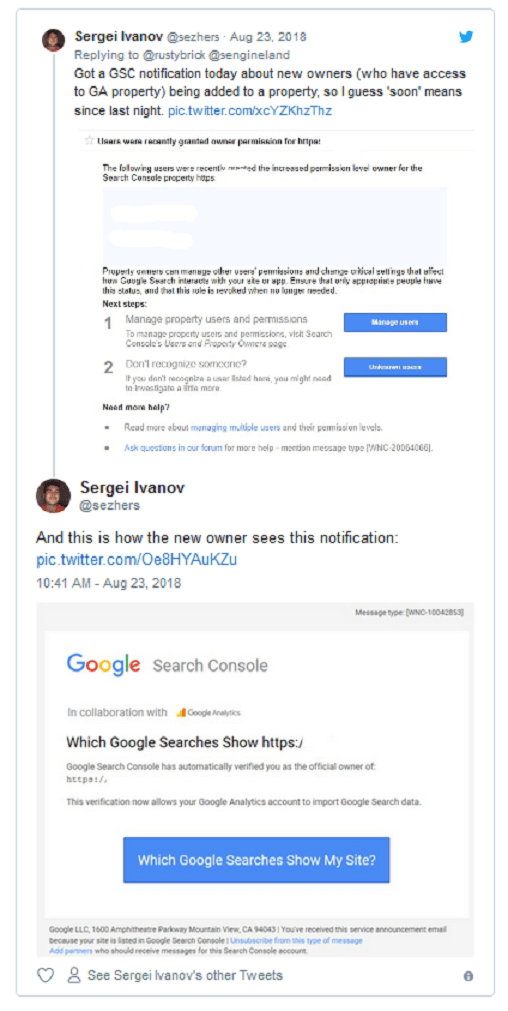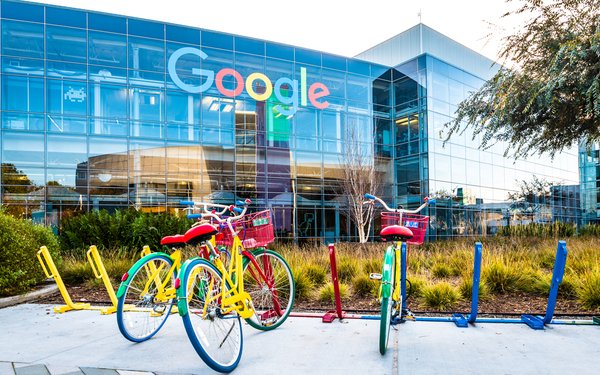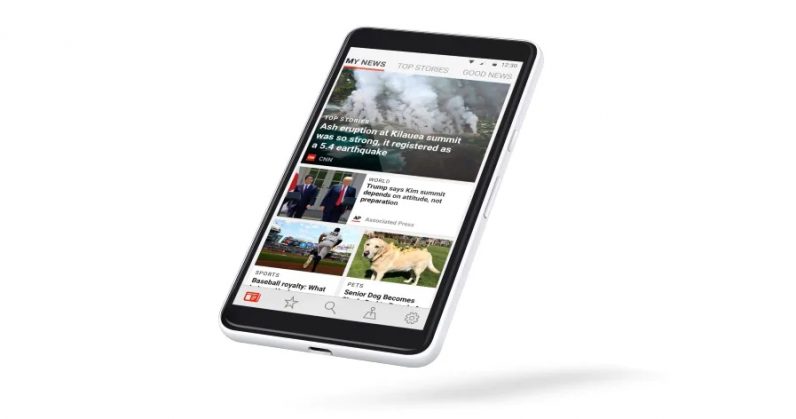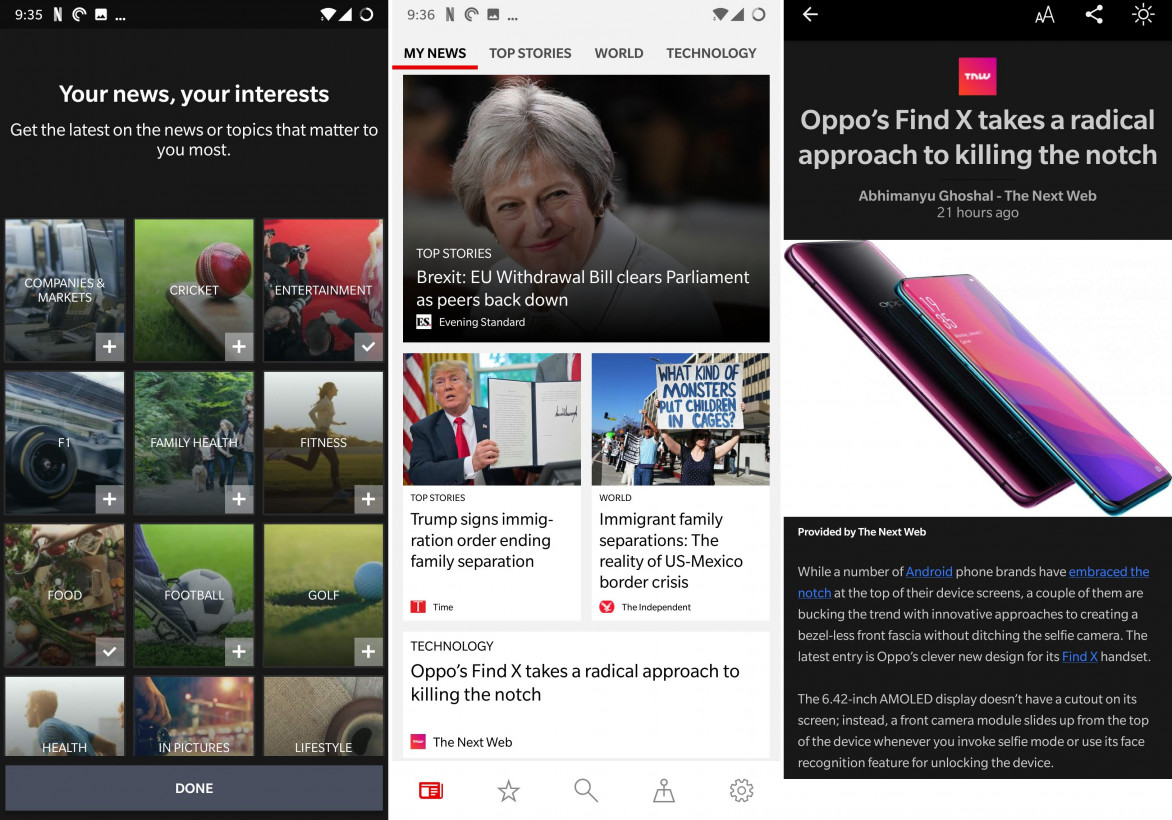By Liam Tung
A new verification system for all tech-support advertisers aims to block scammers.
Google is rolling out a new verification system to combat a rise in misleading ads from third-party technical-support services.
Google announced it will implement new restrictions on all tech-support ads after the Wall Street Journal found that fraudsters have been buying ads from Google and posing as authorized service agents for Apple.
“We’ve seen a rise in misleading ad experiences stemming from third-party technical support providers and have decided to begin restricting ads in this category globally,” said David Graff, Google’s director of global product policy.
Google isn’t banning all third-party tech-support ads as Microsoft did for Bing in 2016. But rather it will use a verification program to ensure only legitimate third-party tech-support providers can use its ad network to reach consumers.
The new restrictions on this ad category apply globally while the tech-support verification program will be rolled out in coming months.
SEE: Cybersecurity in an IoT and mobile world (ZDNet special report) | Download the report as a PDF (TechRepublic)
It’s not clear what type of verification program it will roll out, but Google has existing advanced verification programs for local locksmith services and addiction treatment centers to prevent fraud. Google has previously banned some ad categories altogether, including those for short-term payday loans, and more recently bail-bond services.
The verification system was needed because Google found it increasingly difficult to sift out bad actors from legitimate businesses because the fraud takes place away from its platform.
This move could help close off one avenue tech-support scammers use to reach potential victims, but there are plenty more, including cold-calling, support-scam malware and spam with links to support-scam sites.
The overall goal of the scammers is to get victims to call a call center where an operator convinces them to install a remote-access tool, which allows the operator to display bogus error warnings.
Microsoft in 2017 received 153,000 reports from customers across the globe who had fallen for a tech-support scam. That figure was up 24 percent on 2016.
Previous and related coverage
Google robocall scam: We’re suing hustlers who pretend to be us, warns Google
Scam robocallers tell victims: call us now or your Google business listing will labeled closed.
Yet again, Google tricked into serving scam Amazon ads
At the top of search results for “Amazon” was a bad ad, trying to tricking users into falling for a tech support scam.
Windows Chrome users: Tech-support scams try new trick to freeze your browser
Get an ad-blocker if you want to dodge tech-support scammers’ latest rapid-download ruse.
Ransomware, tech-support scams or email fraud: Which cybercrimes cost victims most?
Not all online crimes are equal in their impact.
Microsoft to Windows 7, Windows 8 users: We’re about to end forum tech support
If you have a Windows 7 or 8, Office 2013, or Surface Pro problem, you’ll have to rely on the community for answers.
Microsoft: Tech support scams rose by 24% in 2017, costing some victims thousands of dollars TechRepublic
Social engineering scams make even the best security solutions useless, Microsoft said. It wants industry-wide collaboration to solve the problem.
How to avoid tech support scams CNET
Scammers are getting craftier, according to a new report. Follow these tips to keep your money and identity safe.


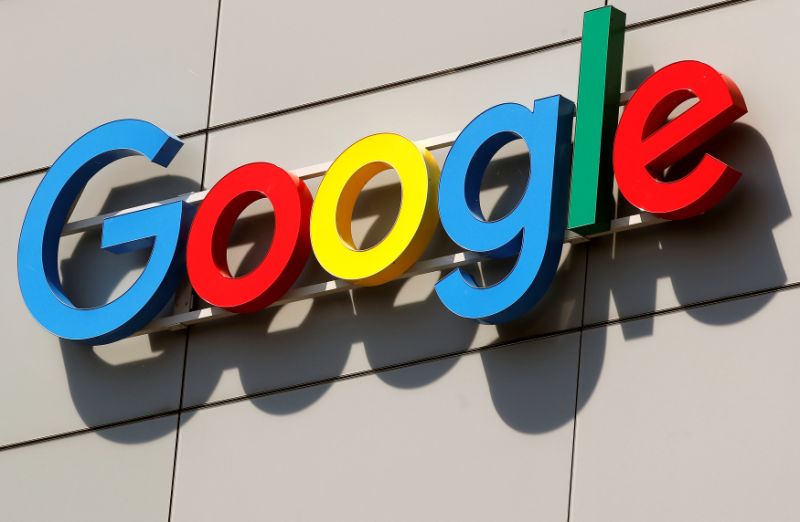

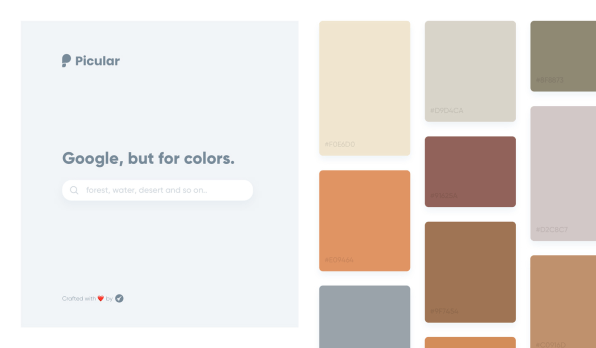
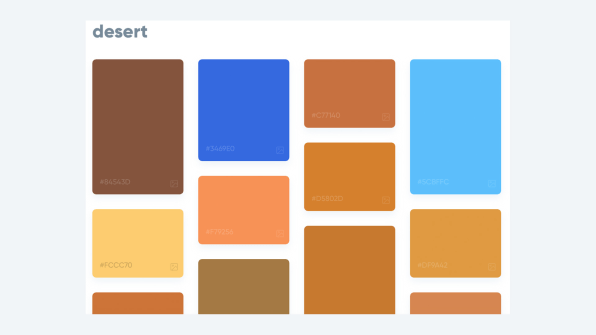

![The 100 Most Searched Keywords on Google in the Past Year [Infographic]](https://mediastreet.ie/wp-content/uploads/2018/08/popular.png)


